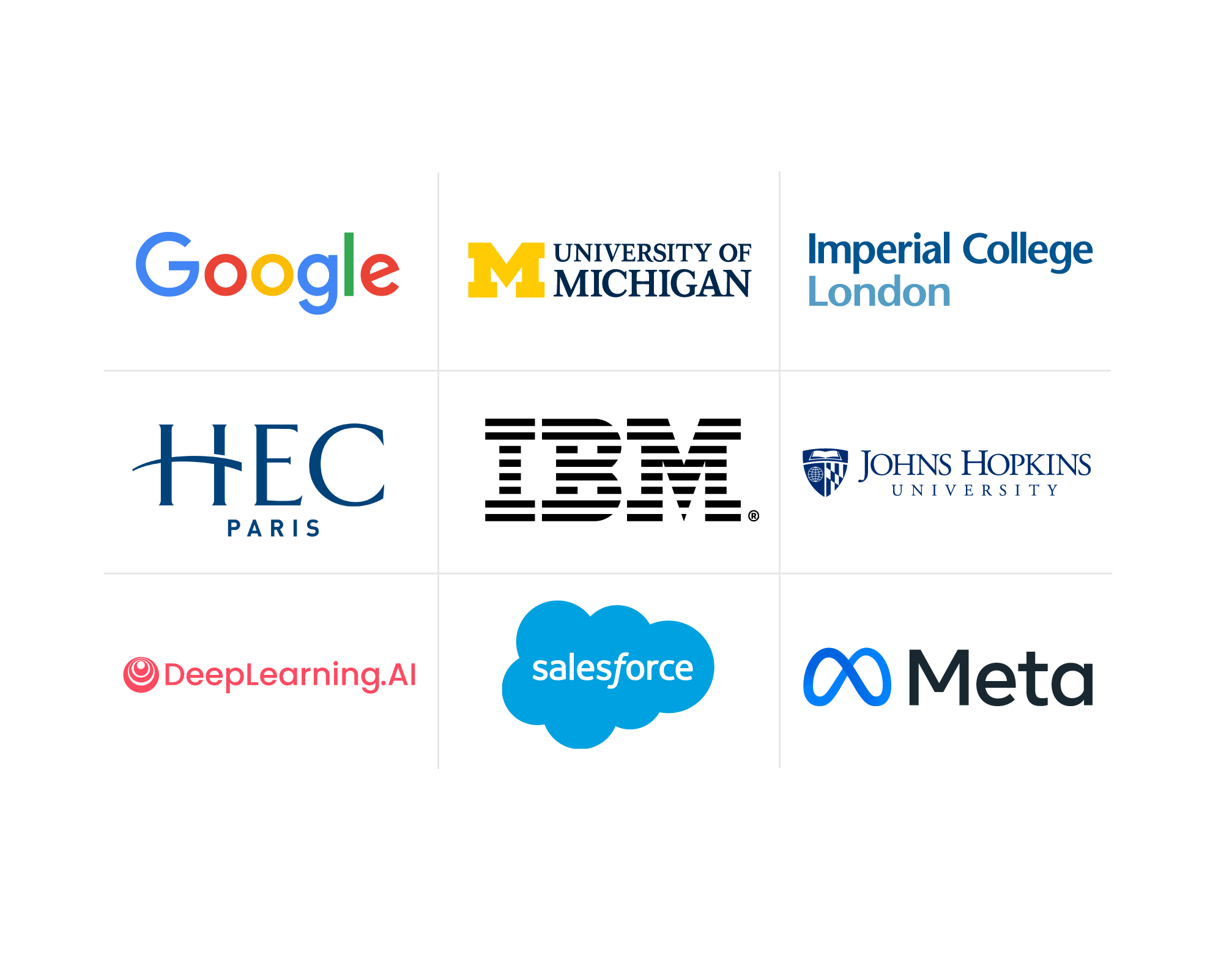What Is Talent Attraction?
Talent attraction is a key strategy for hiring and retaining high-quality employees. Learn more about talent attraction, its benefits, and how to use talent attraction strategies in your hiring practices.
![[Featured image] Woman on a bench working on a laptop](https://d3njjcbhbojbot.cloudfront.net/api/utilities/v1/imageproxy/https://images.ctfassets.net/2pudprfttvy6/4IzZNS9IdZKofnbGFfi5cs/8479e43a3553300e1d4072da6e55aec1/GettyImages-1255077848.jpg?w=1500&h=680&q=60&fit=fill&f=faces&fm=jpg&fl=progressive&auto=format%2Ccompress&dpr=1&w=1000)
The modern hiring landscape is one of constant movement. According to a PwC report, 65 percent of people surveyed said they are currently looking for a new job, and 88 percent of executives say they are seeing higher turnover than normal [1]. This data suggests businesses need to be more creative than ever with strategies designed to attract and retain ideal employees.
One such strategy is talent attraction, which incentivizes currently employed professionals or talented job seekers to apply to your company because of positive benefits. Through a combination of marketing, compensation, workplace culture, and more, businesses can draw in top talent and retain them as part of a long-term, high-quality team.
Read more about talent attraction, its benefits, and how to choose the right talent attraction and retention strategies for your business.
What is talent attraction?
Talent attraction strategy is a human resources recruitment method that uses a combination of positive incentives to encourage professionals who may already work elsewhere to apply for a new role at a different business. Talent attraction has become more critical than ever in a hiring environment where employees seek more than just a paycheck. Now, professionals seek out companies that share their values and beliefs and invest in their team’s professional development and well-being.
Talent attraction isn’t only about hiring employees but retaining them. Once the employee chooses to leave their current position for a new role, offering them incentives to stay is imperative. Retained talent helps a team develop a level of longevity and expertise that is challenging to achieve with constant turnover. An engaged workforce increases productivity and reduces the cost of hiring since fewer employees are leaving.
Talent attraction and retention are often about marketing the aspects of your business that set it apart from the rest. Enterprises engaging in talent attraction strategies need to be mindful of their competitors and able to effectively advertise why they are the best choice for top talent.
What is talent attraction used for?
Businesses typically use talent attraction to combat two significant issues human resource departments encounter: Talent shortages and difficulty hiring new employees. Labor markets have suffered dramatically since the pandemic and “Great Resignation,” when many professionals left their jobs voluntarily for various reasons.
Now, businesses are looking beyond traditional recruiting practices, which focus on filling open positions with people actively looking for a new job. Instead, companies look toward creating a business culture that attracts top talent to apply, even if they are already employed elsewhere. Talent attraction allows organizations to find the ideal employee, encourage them to apply, and support them in their role to entice them to stay long-term.

Strategies for talent attraction and retention
To successfully implement a talent attraction strategy, businesses should consider combining the following practices. Effective and impactful talent attraction strategies are holistic plans that involve building an employee-centered workplace culture and an effective marketing strategy that catches top talent’s attention. The correct method for your business will depend on various factors, including your budget, goals, and resources. Some approaches to consider include:
Attraction
Create a straightforward hiring process: Engaging, compelling job descriptions and streamlined application processes are vital to encouraging prospective talent to apply.
Develop a workplace culture that encourages work-life balance: Designing a flexible, employee-centered work environment attracts employees.
Offer opportunities for employees to grow professionally: Employees value companies that invest in their futures through career growth and professional development opportunities.
Take the time to network with potential employees: Identifying professionals who would positively add to your team is a long-term project with a high payoff. One way to do this is to ask a current client for referrals.
Create an effective marketing brand: How your business presents itself on social media, in marketing materials, and during professional events speaks powerfully to potential employees about your workplace culture. Take the time to develop an effective and attractive brand that makes people want to engage with you.
Retention
Once you’ve attracted ideal talent, you’ll also need to hang onto them, which requires another set of strategies. Some essential methods include:
A robust benefits package: Competitive pay, health insurance, time off, remote work options, and flexible hours all contribute to a positive work-life balance, encouraging people to stay in their roles. According to PwC’s report, employees said better wages/salaries and benefits were the top two reasons they are seeking a new job [1].
A flexible work environment: Employees all have different needs and goals. A business that is flexible enough to address each member’s particular needs is one that people will want to work for.
A clear mission and vision: A business that is transparent about its goals and values provides purpose and meaning to employees.
Benefits of talent attraction
Talent attraction offers a wide variety of benefits to the businesses that employ this strategy. Some of these benefits include:
Increased productivity: Top talent tends to be highly productive and encourages the team as a whole to be productive, as well.
Provides access to a larger pool of top candidates: By creating an attractive work environment, you’ll catch the attention of potential employees who might not have otherwise sought job openings.
Build a team that helps your business grow: A capable, skilled team is critical to developing a company that meets and exceeds its goals.
Creates a mutually beneficial workplace environment: A culture that attracts top talent and helps them stay is one where people can use their skills effectively to create quality work.
Getting started with Coursera
Create an effective talent strategy that helps you to find, hire, and retain top talent with courses offered on Coursera. Options like HRCI’s Talent Acquisition provide your hiring team with the foundational knowledge needed to take the first steps toward creating an effective talent attraction strategy. Then, use Coursera for Business, which offers professional development courses and certificates from the nation’s top businesses and universities, to build an employee-centered professional development program that will help attract and keep the best in your industry.
Article sources
PwC. “PwC Pulse Survey: Next in Work.” Accessed December 11, 2023.
Keep reading
- June 12, 2024
- June 13, 2024
- June 13, 2024
- January 15, 2025
- January 15, 2025
- January 15, 2025
This content has been made available for informational purposes only. Learners are advised to conduct additional research to ensure that courses and other credentials pursued meet their personal, professional, and financial goals.



